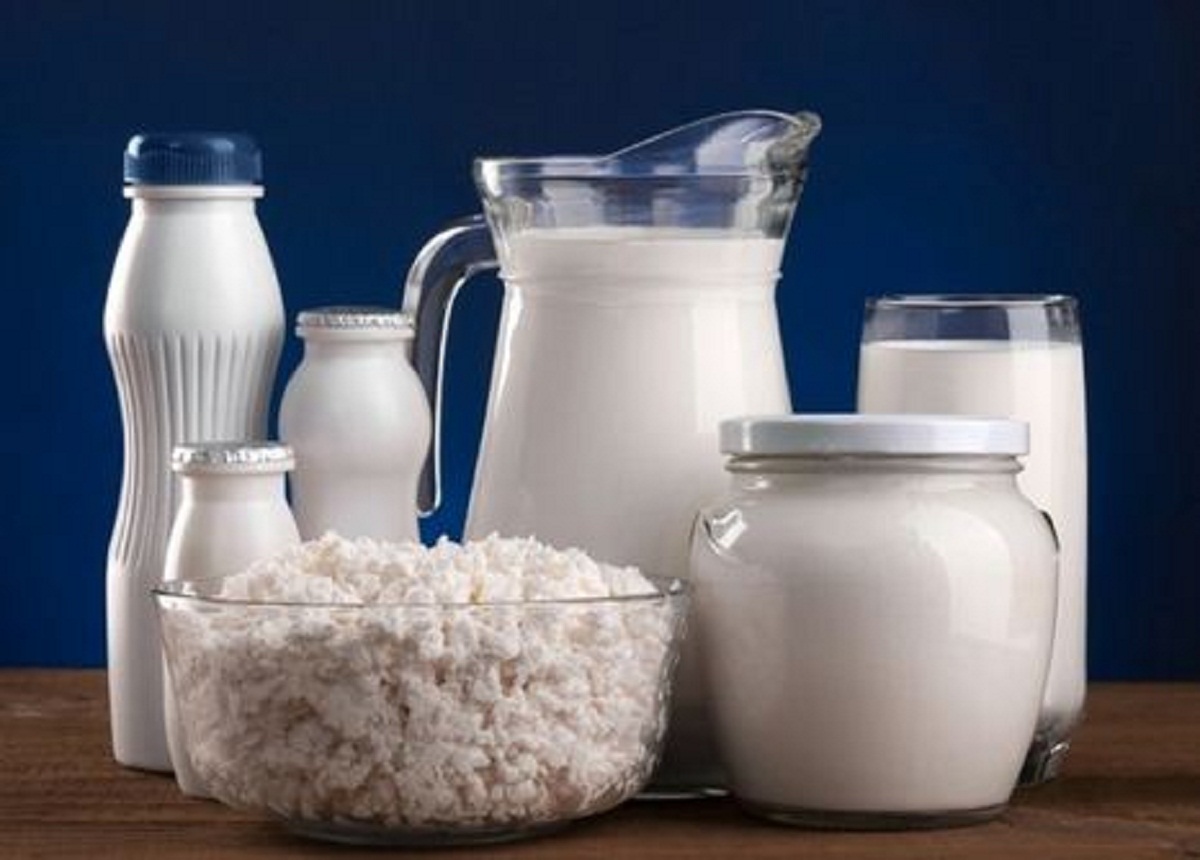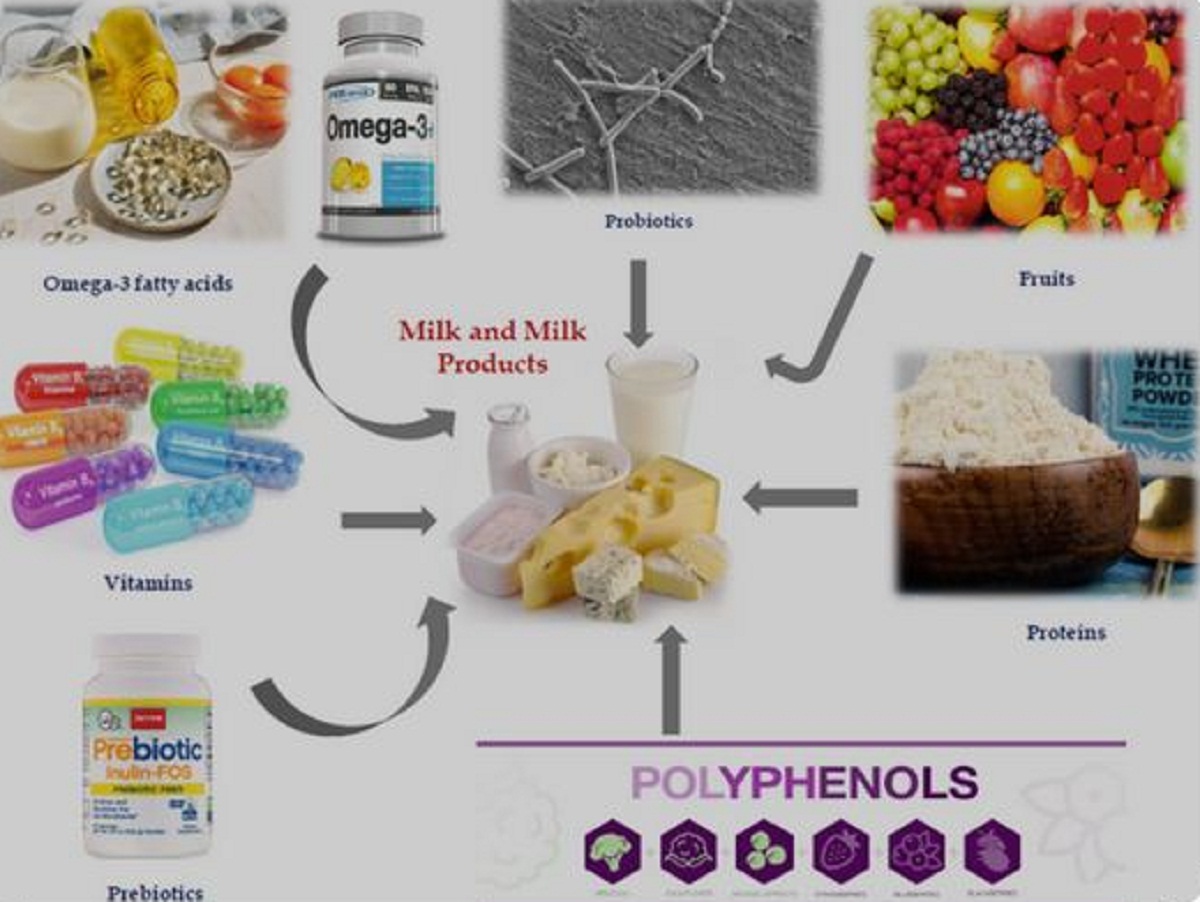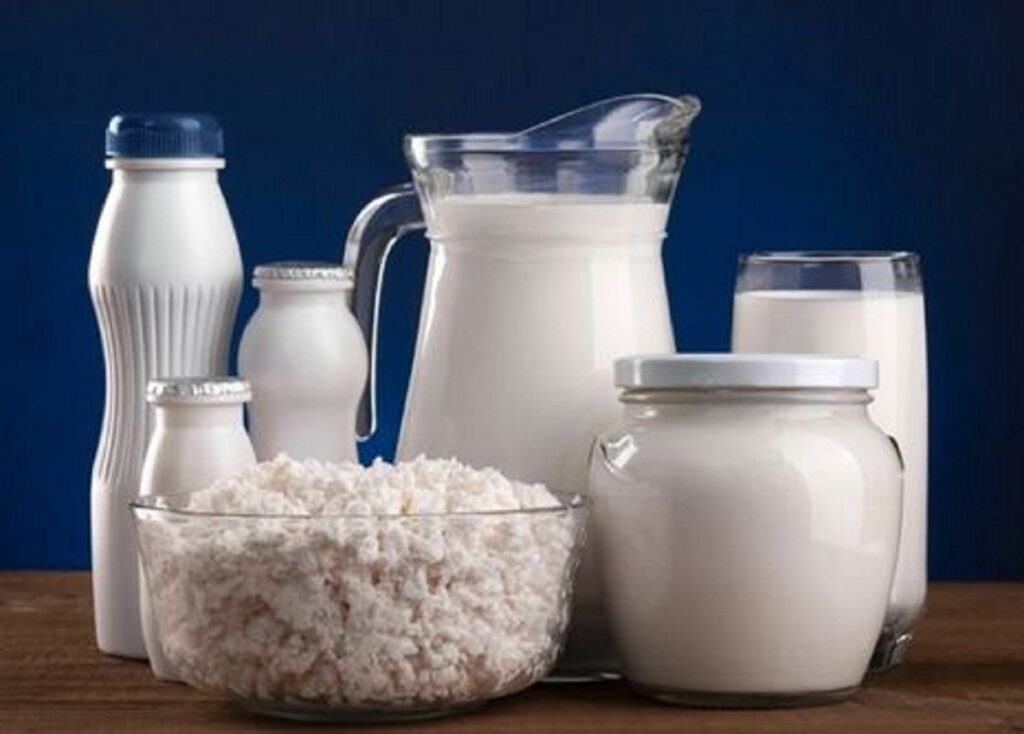Hey folks, Did you know the fortification of Milk and milk Products and there health benefits, lets get dive into an interesting stuff related to our health.
Introduction- Fortification of Milk and Milk Products

What is fortification?
Fortification or enrichment is the process of adding micro nutrients (essential trace elements and vitamins) to food. It can be purely a commercial choice to provide extra nutrients in a food, or sometimes it is a public health policy which aims to reduce numbers of
people with dietary deficiencies in a population.
As defined by the World Health Organization (WHO) and the Food and Agricultural Organization of the United Nations (FAO),
Fortification refers to “the practice of deliberately increasing the content of an essential micro nutrient, i.e. vitamins and minerals (including trace elements) in a food irrespective of whether the nutrients were originally in the food before processing or not, so as to improve the nutritional quality of the food supply and to provide a public health benefit with minimal risk to health.”
whereas enrichment is defined as “synonymous with fortification and refers to the addition of micro nutrients to a food which
are lost during processing.

Why Fortification needed..??
Human body requires at least 45 nutrients; 5 macronutrients (protein, fat, carbohydrate, water and oxygen) and 40 micronutrients, which include 13 vitamins (A, C, D, E, K and eight members of vitamin B group) and 17 minerals (Ca, Cl, Fe, K, Mg, Na, P, and S whose
requirements are 1 μg to 1 g per day, and Cr, Co, Cu, F, I, Mn, Mo, Se, and Zn which are required in traces). Water and oxygen are not regarded as nutrients because they are present in foods and readily available for body use.
Nutrient requirements vary from person to person and are influenced by factors like age, sex, height, physiological state, physical activity and environmental conditions. No single food contains all 45 nutrients.
Why Milk and milk products fortification needed..??
Milk is regarded as complete food but also lacking some minerals this can be improved by fortification.
Milk is used for fortification as a vehicle because,
- As it is complete food
- Widely distributed & consumed.
- Consumed regularly in predictable amounts.
- Affordable by target group.
- Stability and bioavailability of micronutrients added is high- storage/ use conditions.
- Minimum change in colour, taste, appearance after fortification
- Staple foods representing ideal vehicle for nutrients
- Milk is poor source of iron 0.2-1.2 mg/kg of milk
FSSAI – Food safety and standards authority of India also promote the same,
Fortification of Milk and Milk Products and there health benefit

- Iron fortification of milk and milk products – potential approach to prevent disorder.
- The micronutrient profile of whole milk shows that it is an excellent source of calcium and vitamin B2, a good source of vitamin A, and a fair source of vitamin D.However, industrial processes destroy some nutrients, especially the vitamins naturally present in milk – but nutrients lost during processing can be replaced through fortification.
- The World Health Organization concluded in 2003 that there is some evidence that the risk of colorectal cancer is decreased by high intakes of calcium. Supplemental calcium with dairy foods may have a modest protective effect on the recurrence of colorectal adenomas.
- Consuming Fortification of Milk and milk products with vitamin D helps many populations meet their needs for this important nutrient.
- Although vitamin D has many roles in the body, one of the best known is its role in bone health. For example, our bodies need vitamin D to help them absorb calcium from the foods we eat. A lack of vitamin D can lead to bone deformities including rickets in children and osteomalacia in adults.
- Milk is also a great source of water, so it a good beverage choice for hydration.
- Docosahexaenoic acid (DHA) is an omega-3 fatty acid essential for structural development of the brain and eyes in the infants and maintenance of normal vision and neural functions in adults.
- DHA is also vital for the integrity of heart and vascular system, and is implicated in relieving inflammatory conditions and arthritis pain and in preventing cancer. Human body cannot synthesize DHA sufficiently, and most common source of DHA is marine food. Milk can be a great carrier of DHA.
- Fortified dairy milk by supplementing the cattle feed with DHA-rich herring meal has been used to enhance the dietary intake of DHA.
- Lack of fiber in the diet has been found to relate to the occurrence of such common disorders as ischemic heart disease (deficiency of blood supply to the heart), appendicitis, gall bladder disease, varicose veins (permanently and abnormally dilated veins), deep vein thrombosis (coagulation of the blood in a blood-vessel), hiatus hernia (a state of protrusion of part of an organ through the wall of the body cavity containing it), and tumors of the large bowel (or colorectal cancer).
- Inclusion of fiber in the diet has been associated with decreased bowel transit times, increased stool weight and reduced serum cholesterol, Hence its required fortification of milk and milk products with micronutrients.
- While most dairy products do not contain dietary fiber, there are a few dairy foods, which contain certain non-dairy ingredients contributing varying amounts of fiber. Fruit –containing products such as yoghurt, ice cream, custard, etc. are well-known examples of Fortification of milk and milk products.
- Fermented dairy products such as yoghurt promote dual health effect. Probiotic culture has well known application in human health, Probiotic culture with fortification of milk and milk products with various functional ingredients has numerous health benefits.
Summury and Conclusion
So here are the details of Fortification of milk and milk products and will summing up now, Milk and milk products considered as a vehicle for dietary fiber would not only take care of their own role in human health but could also enhance the health fullness of the diet as Fortification of milk and milk products as a whole Dairy food formulations with added dietary fiber can transform the usually ‘low residue’ milk constituents, collectively, into dietary products with their well-established nutritional superiority and added healthfulness.
Thus, native functional virtues of Fortification of milk and milk products with conjugated linolenic acid, certain biopeptides, whey proteins, sphingolipids etc. added with the fiber functionality would greatly elevate the status of dairy products for the benefit of consumers of all age groups.
To read out such interesting stuff do check out our site dairyheaven.com
For detail on food fortification do visit FSSAI you tube channel.


